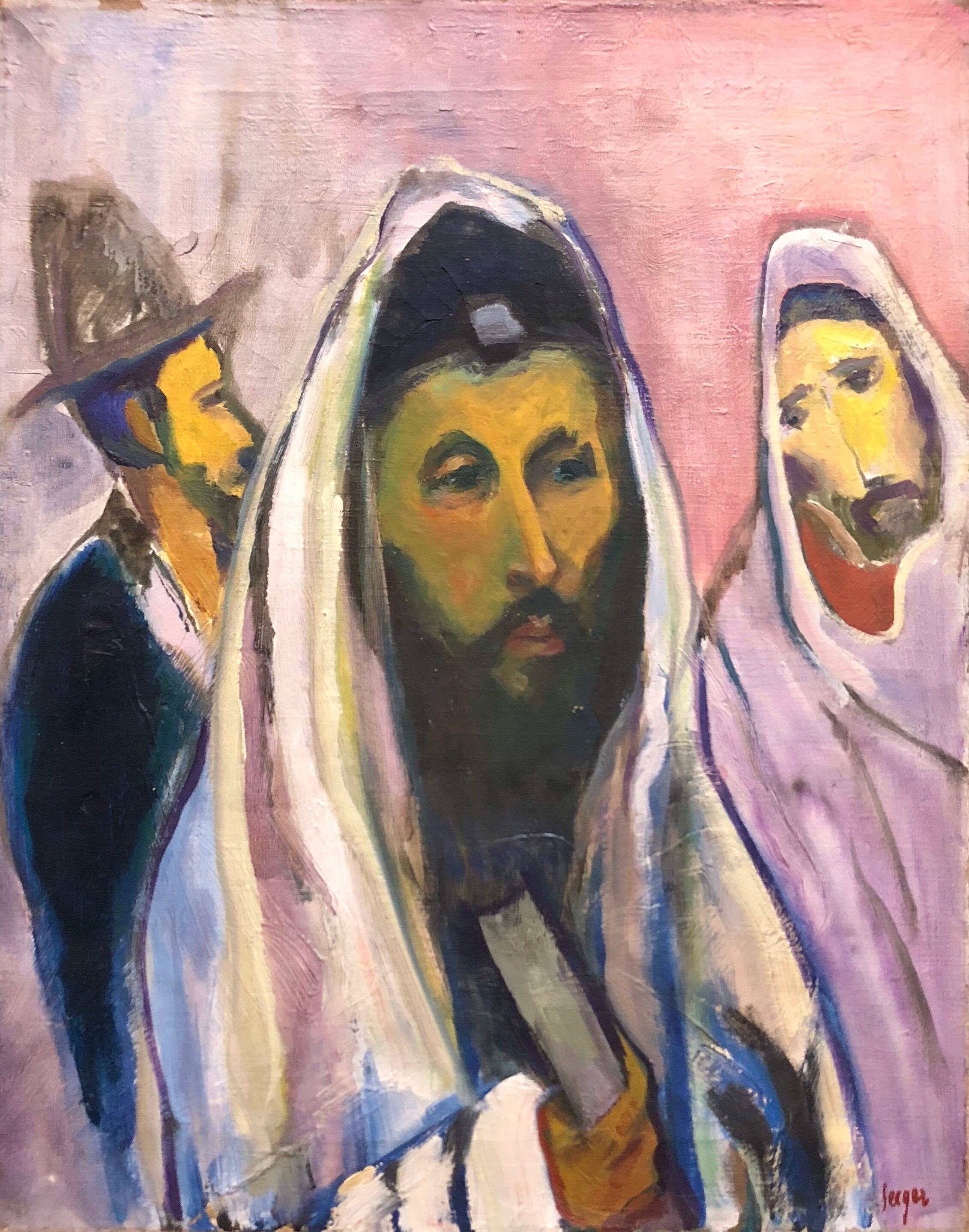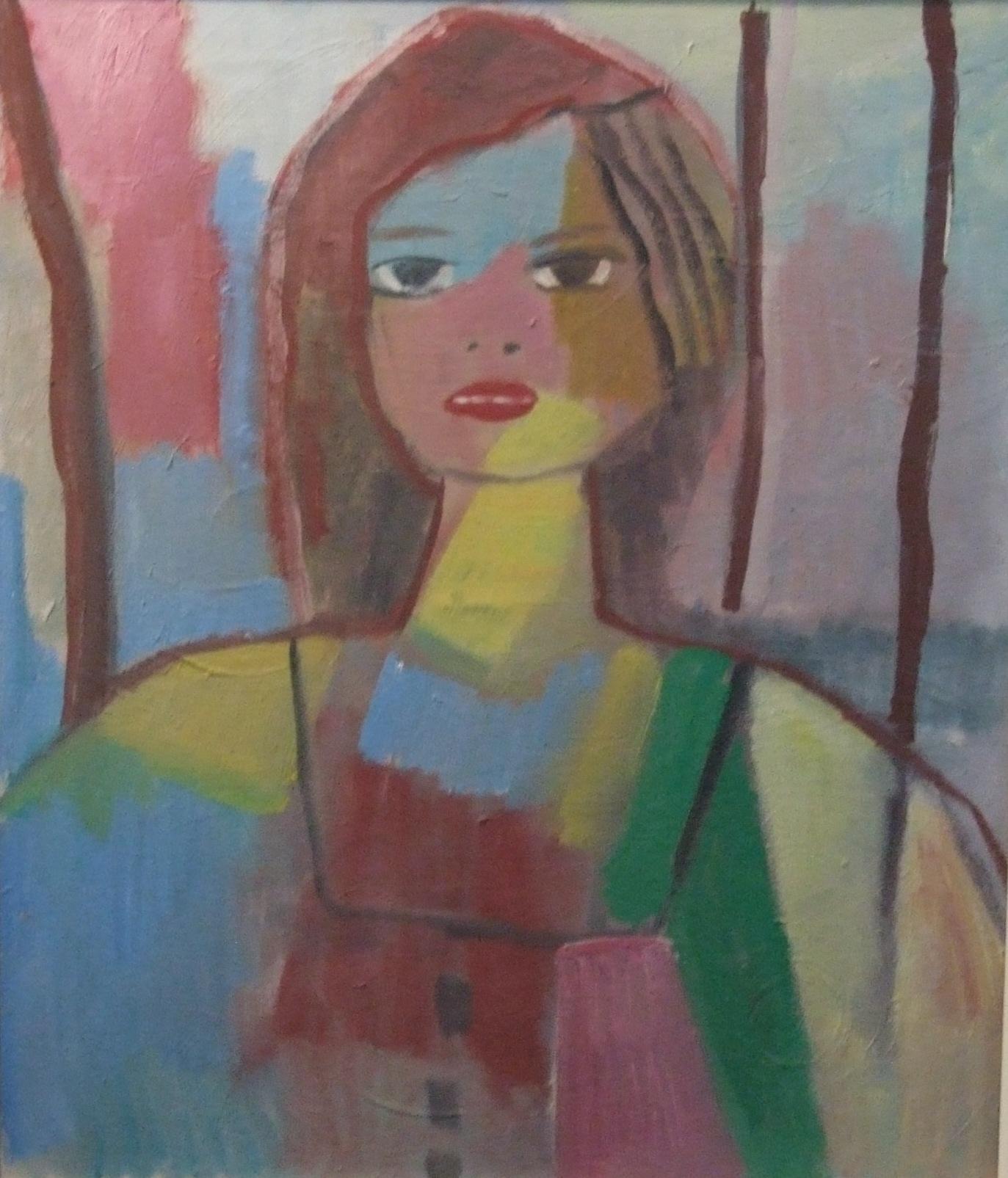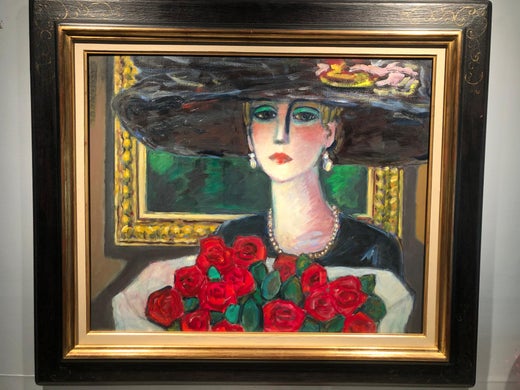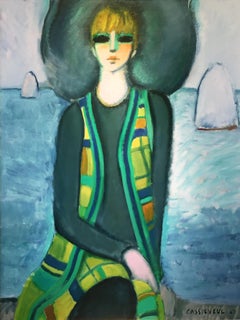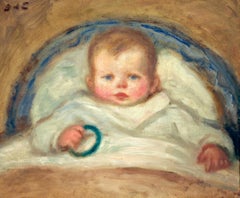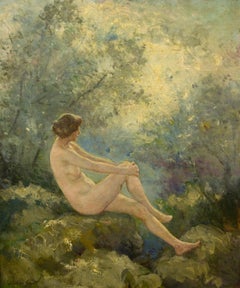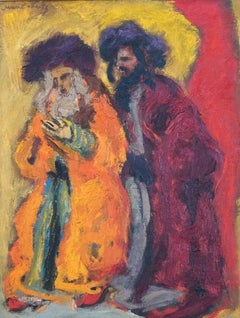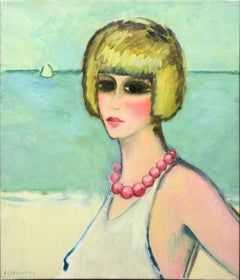
Le Collier Rose 1971
View Similar Items
Jean-Pierre CassigneulLe Collier Rose 19711971
1971
About the Item
- Creator:Jean-Pierre Cassigneul (1935, French)
- Creation Year:1971
- Dimensions:Height: 31 in (78.74 cm)Width: 27.5 in (69.85 cm)
- Medium:
- Movement & Style:
- Period:
- Condition:
- Gallery Location:Mc Lean, VA
- Reference Number:1stDibs: LU2220211398752
Jean-Pierre Cassigneul
Jean-Pierre Cassigneul is a French painter known for his serene portraits of women in hats that recall the French Post-Impressionist avant-garde, including the works of Pierre Bonnard and Edouard Vuillard.
Cassigneul was born on July 13, 1935, in Paris. He studied at the École des Beaux-Arts in Paris and went on to exhibit in various group exhibitions, including the Salon d'Automne in Paris (of which he was member), the Salon de la Jeune Peinture and more. Cassigneul exhibited at the Beaubourg Center in Paris in 1977 and solo as of 1952, on a regular basis in France but also in New York, and Tokyo and worldwide.
Cassigneul is known for his charming and extremely popular Van Dongen–influenced paintings of women in floral hats, complete with frequent allusions to other aspects of the Années Folles. His first solo exhibition was at the Galerie Lucy Kroge in Paris when he was 17 years old.
Find a collection of Jean-Pierre Cassigneul prints on 1stDibs.
(Biography provided by Joseph Grossman Fine Art)
More From This Seller
View AllMid-19th Century Fauvist Figurative Paintings
Canvas, Oil
1930s Post-Impressionist Figurative Paintings
Canvas, Oil
Early 1900s Post-Impressionist Figurative Paintings
Canvas, Oil
Early 20th Century Post-Impressionist Figurative Paintings
Canvas, Oil
1910s Post-Impressionist Figurative Paintings
Canvas, Oil
1890s Post-Impressionist Figurative Paintings
Canvas, Oil
You May Also Like
1950s Fauvist Figurative Paintings
Canvas, Oil
1980s Fauvist Figurative Paintings
Canvas, Oil
Early 1900s Fauvist Still-life Paintings
Canvas, Wood, Oil
Early 20th Century Fauvist Figurative Paintings
Canvas, Oil
2010s Fauvist Figurative Paintings
Canvas, Oil
2010s Fauvist Figurative Paintings
Canvas, Oil
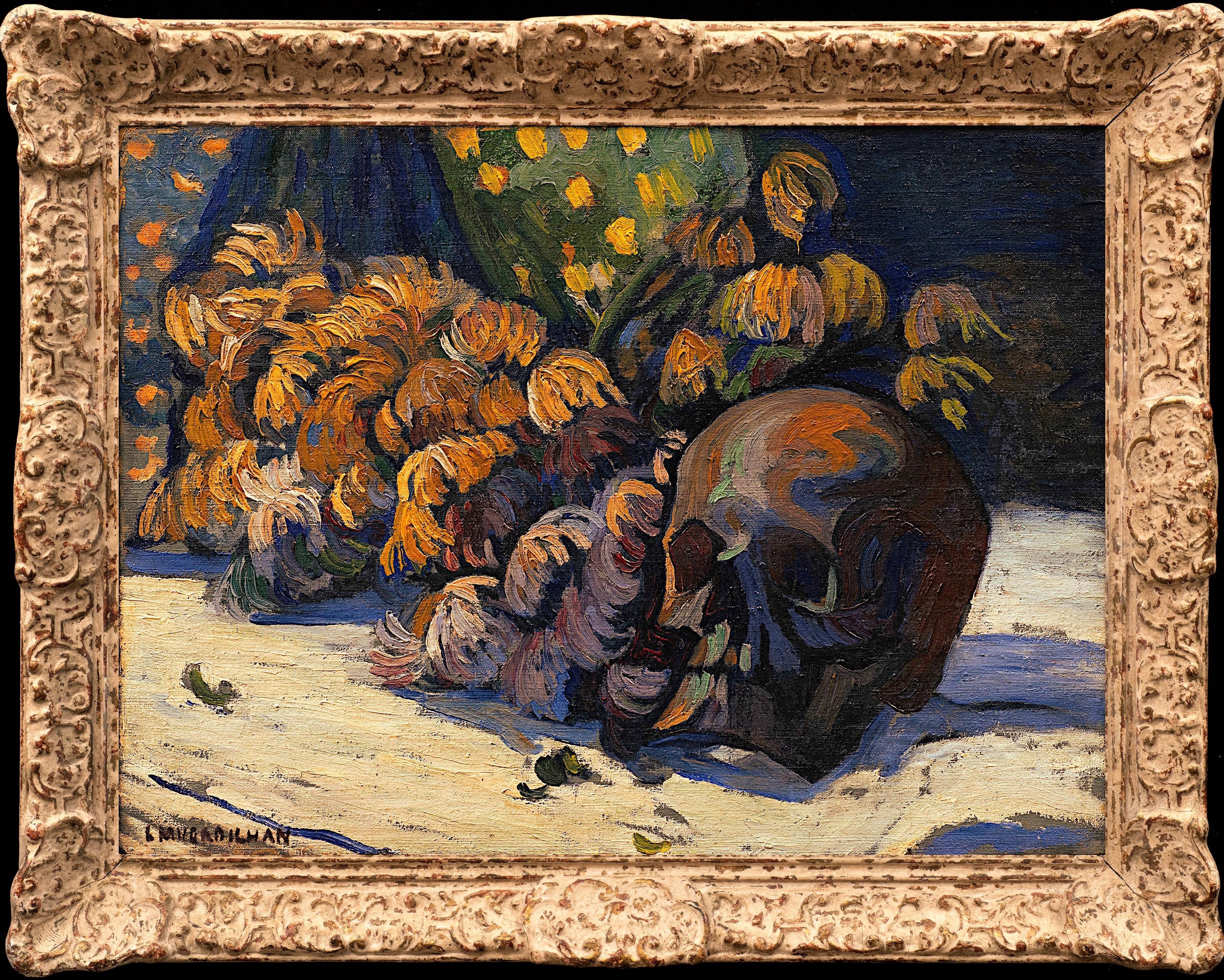
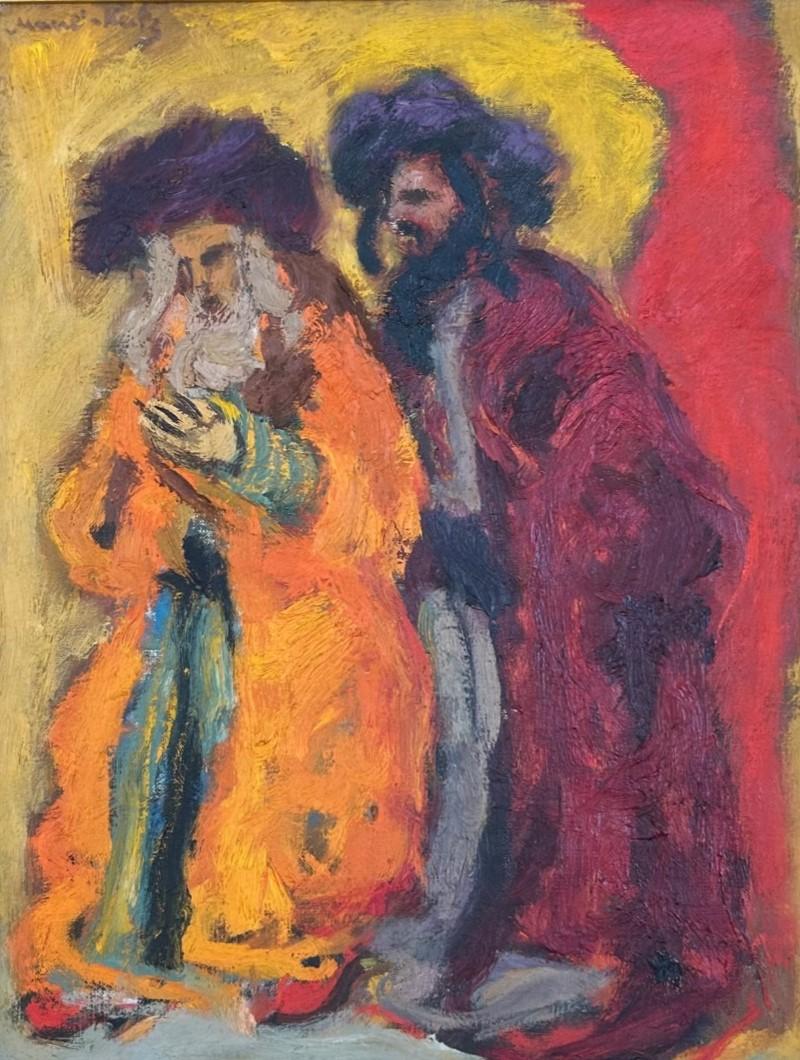

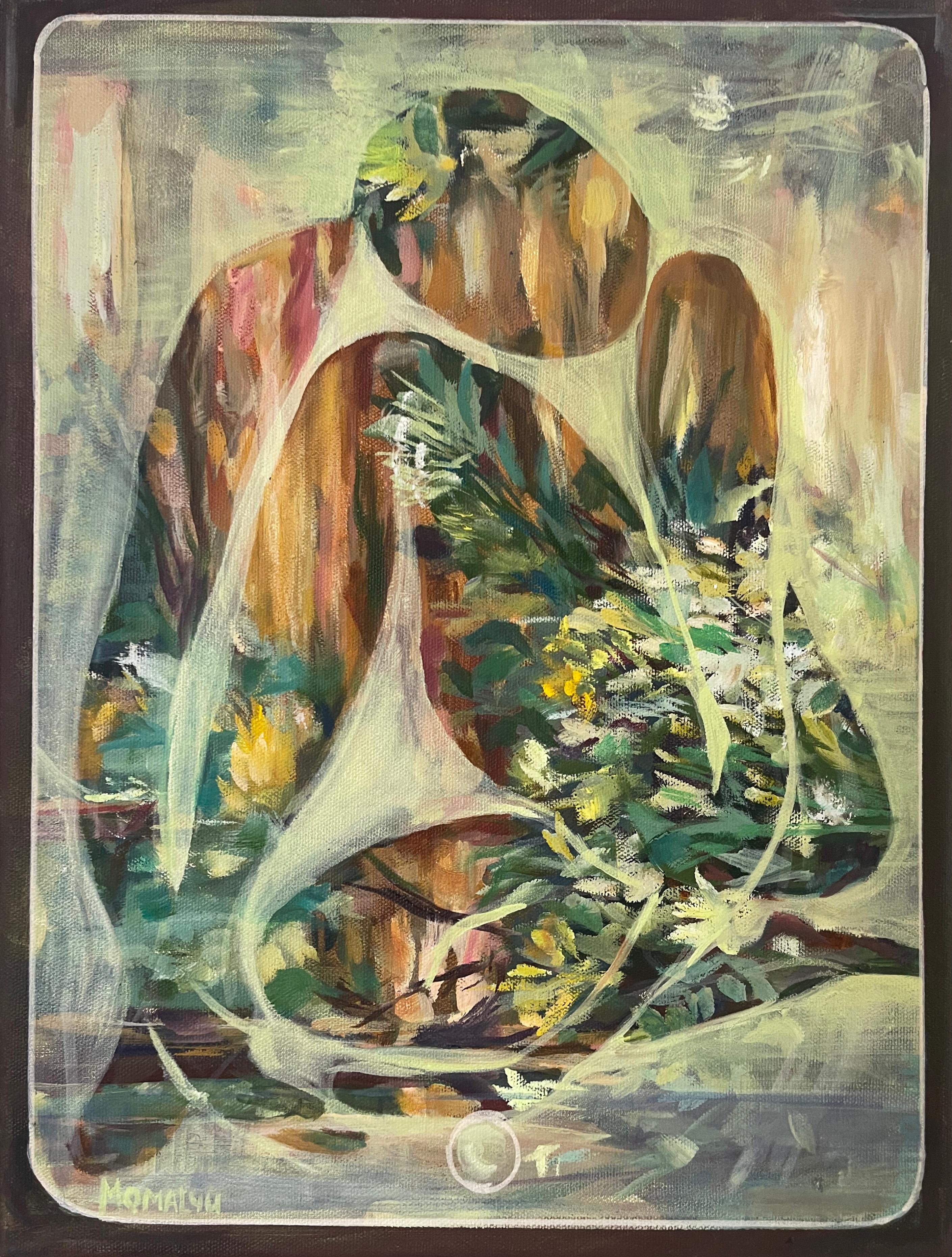
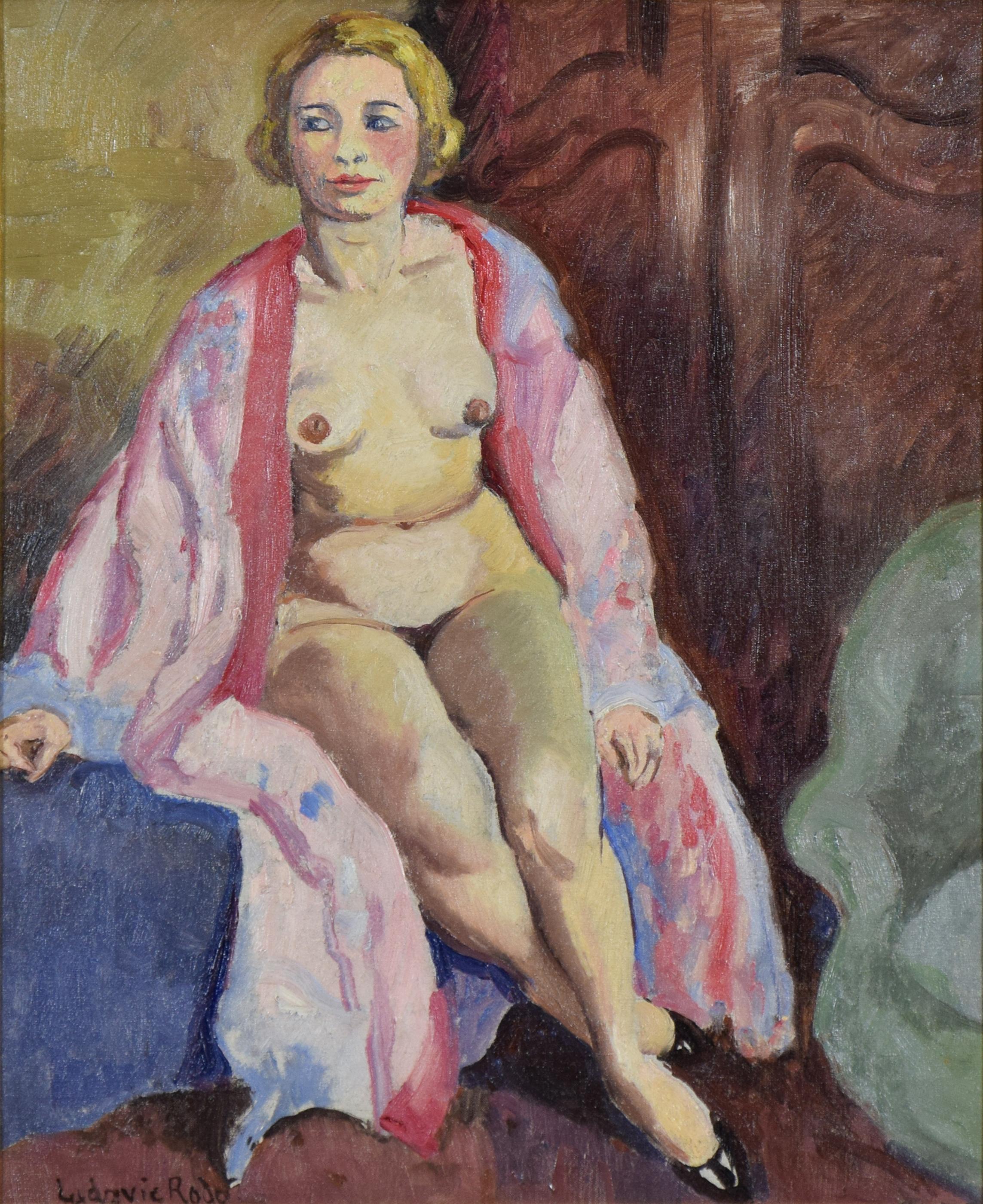
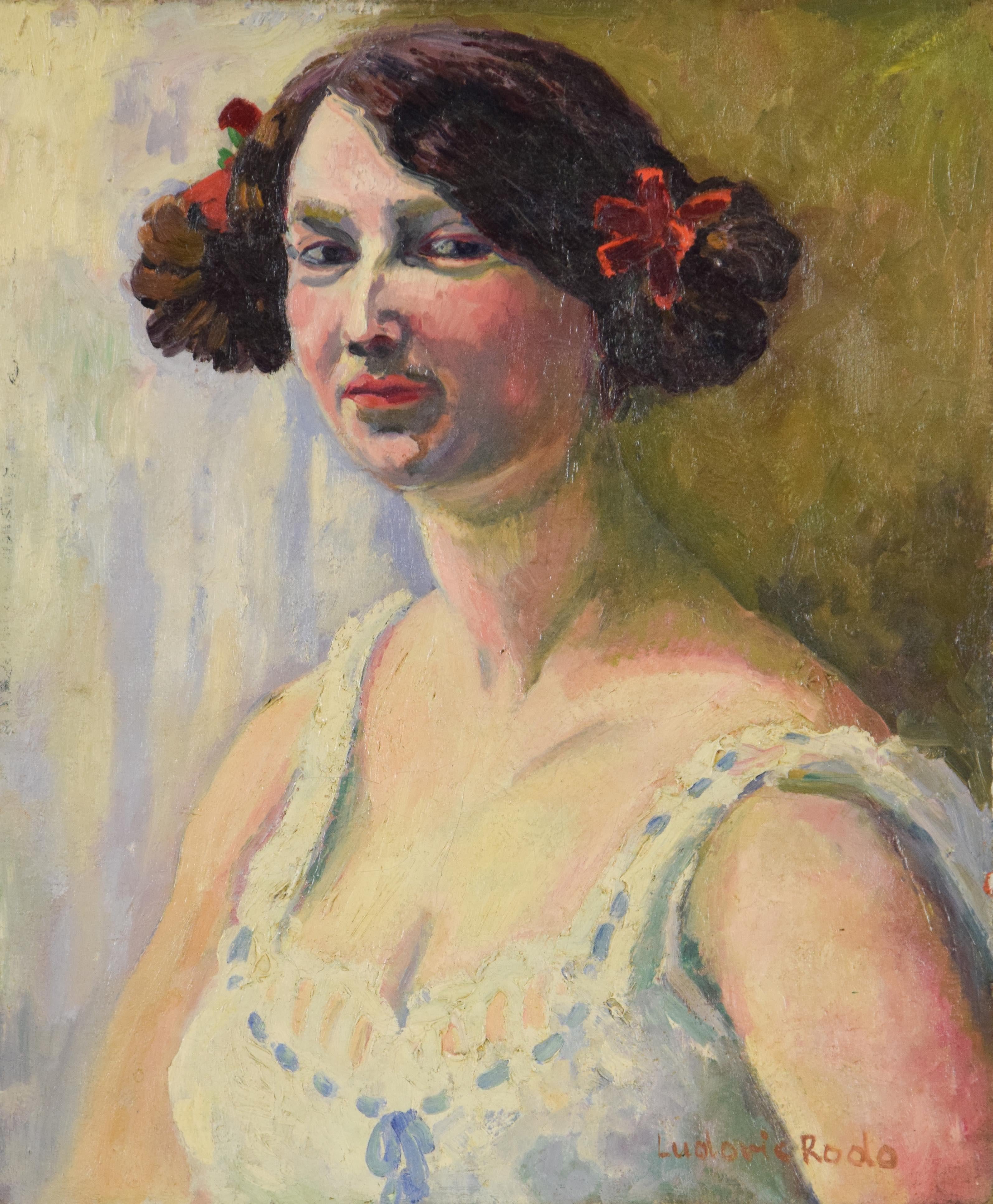
![DaFundo [Lisbon]](https://a.1stdibscdn.com/jason-berger-paintings-dafundo-lisbon-for-sale/a_3973/1718987945911/23_08_010_master.jpg)
